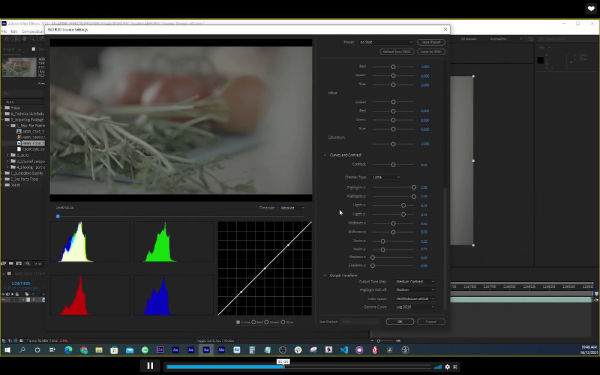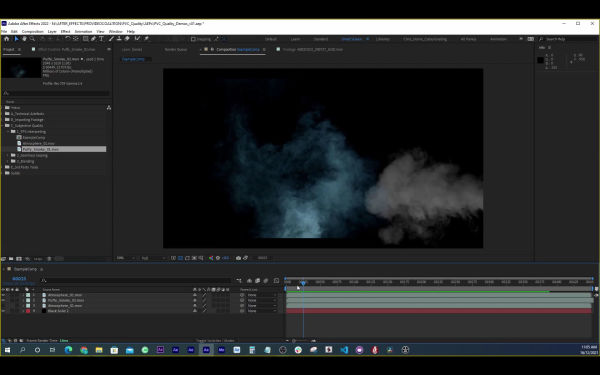In motion design, the devil is often in the details - anyone who post-processes moving images has one more dimension to control compared to photo manipulation, i.e. time as well as space. After all, a composition often uses many images, clips and graphics that come from different sources and are therefore available in completely different dimensions or frame rates. They all need to be harmonized so that the final animated result is as consistent and flawless as possible.
A good tutorial clip on Provideocoalition shows what to look for in your motion collages to get the best possible quality. The 14 tips cover various scaling methods, invisible looping, timewarp / slomo effects, color management, etc., but also point out some rather simple things you can do to avoid unnecessary quality loss, such as looking out for subpixels or uninterpreted, anachronistic interlace material.
Those who are already quite familiar with After Affects, but can't yet use every function blindfolded, should be able to pick up a trick or two from the clip.



